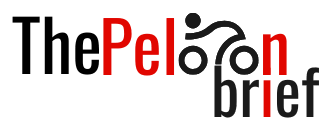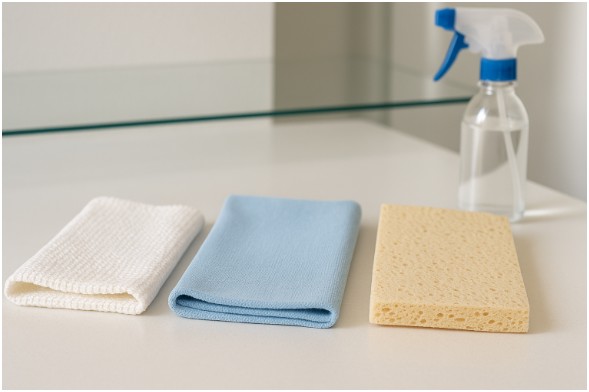A wiping cloth’s effectiveness hinges on its fiber type. Understanding these materials is crucial for achieving a perfect clean, as using the wrong cloth can cause streaks, lint, or damage.
This guide will explore common high-quality wiping cloth fibers—cotton, microfiber, and cellulose—detailing their unique properties, benefits, ideal applications, performance, and environmental impact to help you choose the best option for your needs.
Cotton: The Classic All-Rounder
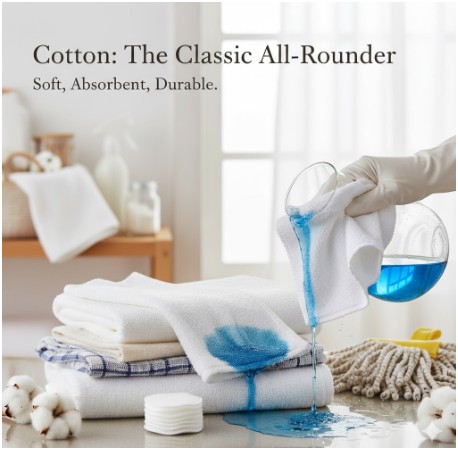
Cotton has been a staple in textiles for centuries, and for good reason. It’s a natural fiber known for its softness, absorbency, and durability, making it a reliable choice for a wide range of cleaning tasks.
Properties and Benefits of Cotton
Cotton’s primary advantage is its excellent absorbency. The natural structure of cotton fibers allows them to hold a significant amount of liquid, which is ideal for soaking up spills and applying cleaning solutions.
It’s also breathable and less likely to leave behind lint compared to some synthetic alternatives, especially when using high-quality weaves.
Key benefits include:
- High Absorbency: Cotton can absorb many times its weight in water, making it perfect for dealing with spills.
- Softness: The fibers are naturally soft, which reduces the risk of scratching delicate surfaces like glass or polished wood.
- Durability: Cotton cloths are generally strong and can withstand repeated washing and heavy use.
- Heat Resistance: Unlike many synthetic fibers, cotton can withstand high temperatures, making it suitable for cleaning hot surfaces.
Common Applications
The versatility of cotton makes it a popular choice across various industries. You’ll find cotton wiping cloths used for:
- General Cleaning: Its absorbency and softness make it a go-to for everyday cleaning tasks in both commercial and residential settings.
- Polishing: Tightly woven cotton, such as that found in surgical or huck towels, is excellent for polishing metal, glass, and wood without leaving streaks.
- Automotive Detailing: Mechanics and detailers use cotton cloths for wiping away grease, applying wax, and buffing surfaces to a shine.
- Print and Manufacturing: In industrial environments, cotton cloths are used for cleaning machinery and wiping away inks, oils, and solvents.
Microfiber: The Modern Cleaning Powerhouse
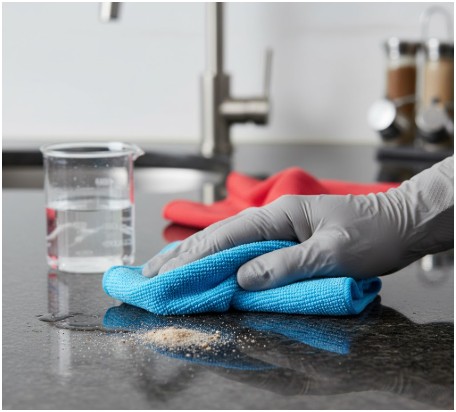
Microfiber has revolutionized the cleaning industry over the past few decades. This synthetic material is engineered for superior cleaning performance, capable of trapping dust and absorbing liquids more effectively than many natural fibers.
Composition and Advantages
Microfiber is typically made from a blend of polyester and polyamide (a type of nylon). These fibers are split into ultra-fine threads, much thinner than a human hair.
This structure creates a vast surface area, giving microfiber its remarkable ability to pick up and hold onto dirt, dust, and moisture.
Key advantages include:
- Exceptional Cleaning Power: The fine fibers create a static charge that attracts and traps dust particles, rather than just pushing them around.
- High Absorbency: While it feels less wet to the touch, microfiber can hold up to seven times its weight in water.
- Lint-Free Performance: High-quality microfiber cloths are non-abrasive and leave behind no lint, making them ideal for cleaning glass, screens, and other smooth surfaces.
- Durability: Microfiber is extremely durable and can be washed hundreds of times without losing its effectiveness.
- Reduced Chemical Use: Because it cleans so effectively with just water, microfiber can help reduce the need for harsh cleaning chemicals.
Best Uses for Microfiber
Microfiber excels in situations where trapping fine particles and achieving a streak-free finish are important. Its best uses include:
- Dusting: It’s unmatched for dusting surfaces, as it captures particles instead of spreading them into the air.
- Glass and Screen Cleaning: The lint-free nature of microfiber makes it perfect for windows, mirrors, and electronic screens.
- Healthcare and Hospitality: Its ability to remove bacteria and clean effectively with less water makes it a hygienic choice for hospitals and hotels.
- Auto Care: It is widely used for drying cars without leaving water spots and for applying interior detailing products.
Cellulose: The Sustainable Sponge
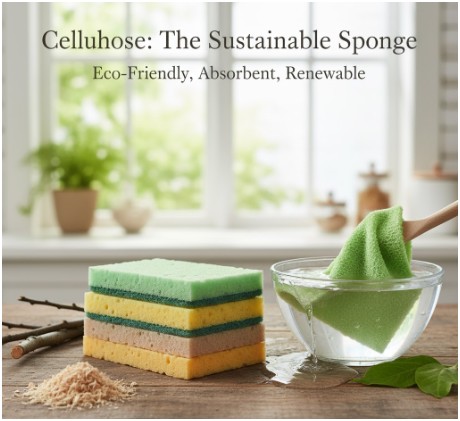
Cellulose fibers are derived from natural plant sources, most commonly wood pulp. These fibers are a popular choice for those looking for an eco-friendly and highly absorbent cleaning solution.
Sources and Sustainability
Cellulose is the primary structural component of plants. To create cellulose cloths, wood pulp is processed and regenerated into fibers.
Because it comes from a renewable resource, cellulose is often considered a more sustainable option than petroleum-based synthetic fibers. Many cellulose cloths are also biodegradable and compostable at the end of their life.
Key features include:
- Incredible Absorbency: Cellulose cloths can absorb over 15 times their weight in liquid, making them behave much like a sponge.
- Eco-Friendly: Sourced from renewable wood pulp and often biodegradable, cellulose is a green choice.
- Quick-Drying: Despite their high absorbency, cellulose cloths dry relatively quickly, which can help prevent the growth of bacteria and odors.
- Soft When Wet: They become very soft and pliable when wet, making them gentle on surfaces.
Effectiveness in Wiping
Cellulose-based cloths are perfect for liquid-heavy cleaning tasks. Their sponge-like properties make them ideal for:
- Kitchen and Bathroom Cleaning: They are perfect for wiping down countertops, sinks, and absorbing spills.
- Food Service: Their high absorbency is valued in commercial kitchens for quick cleanups.
- Laboratory Settings: In environments where spills need to be managed quickly and effectively, cellulose cloths are a great choice.
Choosing the Right Fiber for the Job
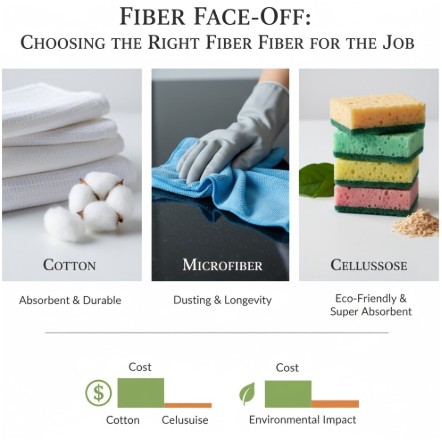
The best fiber for you depends entirely on the task at hand. Here’s a quick comparison to help guide your decision:
- For Absorbency: Cellulose is the undisputed winner for soaking up large spills. Cotton is also highly absorbent and a great all-purpose choice. Microfiber absorbs well but is more known for its ability to pick up fine particles.
- For Dusting and Polishing: Microfiber is superior for trapping dust and achieving a streak-free, polished finish. Tightly woven cotton is a good alternative, especially for polishing tasks that require a bit more pressure.
- For Durability and Longevity: Microfiber cloths can endure hundreds of washes, making them a very cost-effective option in the long run. Cotton is also durable but may wear out sooner than microfiber with heavy use.
- For Environmental Impact: Cellulose and cotton are both derived from natural, renewable resources and are biodegradable. Microfiber, being a plastic-based product, is less eco-friendly and can release microplastics when washed.
- For Cost: Cotton cloths are often the most affordable upfront. Microfiber may have a higher initial cost, but its durability can make it cheaper over time. Cellulose cloths are also generally budget-friendly.
Conclusion
Now that you have a better understanding of the different types of cleaning cloths and their uses, it’s important to consider your individual needs when determining which cloth is best for you.
